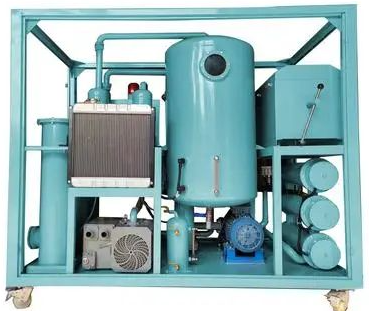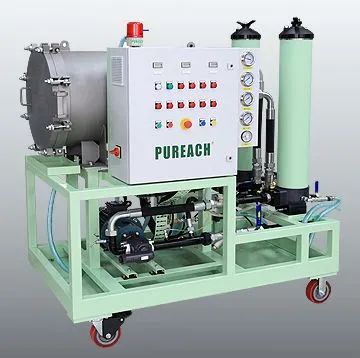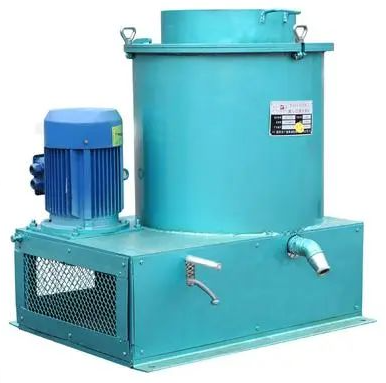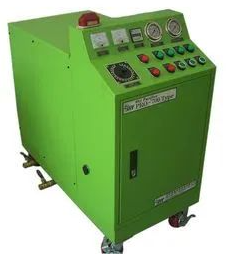How to choose the correct lubricating oil purification equipment?
March 08, 2024
How to choose the correct lubricating oil purification equipment?
Now many people pay more attention to oil purification, there are many lubricating oil purification equipment came into being, but there is no unified standard for the quality of various lubricating oil purification equipment on the market, and the whole is mixed, so many friends do not know what standards to refer to when choosing lubricating oil purification equipment. This time we will explain in detail the selection of lubricating oil purification equipment. 1. Oil containing water It is recommended to choose vacuum oil purifier. It is nearly 30 years of other oil, water separation technology can not be replaced, it can reduce the water in the oil to 0.0002-0.0005% (2-5PPm), is insulation oil, transformer oil, switch oil and other micro-water oil the best choice. 2. Oils with high water content It is recommended to choose the coalescing separation type oil purifier. This is the current more advanced rapid oil and water separation technology (American Petroleum Institute technology), such as the turbine oil of the power plant, its water content may be as high as 5% (50000PPm), vacuum oil purifier and pressure adsorption oil filter for such a large water content of the oil appears powerless. Coalescing and separating filter is widely used in lubrication system of petrochemical turbine compressor, hydraulic station and turbine station in iron and steel industry. 3. Oil without water It is recommended to choose centrifugal oil purifier or ordinary oil filter. It is cheap and easy to operate; It is not necessary to choose a coalescing separation or vacuum type oil purifier with dehydration function. 4. Oil with high cleanliness control requirements Such as military, aerospace, aviation, precision machinery and ultra-high pressure insulating oil, cleanliness requirements in the NAS1638 standard of 4-5 or more oil, only choose electrostatic adsorption type oil purifier. If the filter with a high-precision filter element can also achieve the effect, but it appears that the consumption of consumables will be huge. Five, acid value more than the target oil For example, the insulation oil and lubricating oil that are resistant to fuel and aging for many years should be equipped with an adsorption device. It can deacid and decolorize, so that the acid value can be reduced to less than 0.08mg/g. (It can also be used in series with ordinary models and adsorption tanks, but the appropriate adsorbent must be selected) Six, according to the use of special models of the choice 1. It is best to choose stainless steel products for deacidifying models to prevent the body from being corroded during long-term use. 2, the dust environment has to choose a model with a protective cover. To reduce the damage of dust to the machine pump group. 3, ships, ships and offshore oil and gas platforms should choose Marine models (must have ship inspection certificates and marks). 4. Explosion-proof models should be selected for flammable and explosive occasions (with explosion-proof certificates and marks) Seven, two unnecessary!! 1. It is unnecessary to excessively require the filtration accuracy of the oil purifier. Because the higher the precision, the finer the filter element, the easier it is to clog; Thus increasing labor intensity and operating costs. 2. It is unnecessary to pursue the working vacuum index of the vacuum oil purifier too much. The vacuum standard of the vacuum oil purifier is - single stage (low vacuum) is 666Pa; Two-stage vacuum (high vacuum) is 133Pa. At present, most vacuum net oil mechanism manufacturers in the market cannot meet this standard due to the unreasonable match between sealing technology and vacuum pump. Although some can reach this standard, but due to the unreasonable structure of the machine, the oil is not smooth or can not be discharged at all, and the vacuum degree has to be artificially reduced. (Note: A vacuum in real life is a space without air; The vacuum degree is the difference in atmospheric pressure reached after the air is extracted; The smaller the value, the better. For example, the common vacuum degree label is -0.065MP and -0.09MP, the vacuum degree of this machine = standard atmospheric pressure 101325Pa minus the pressure marked by the machine is 65000Pa and 95000Pa respectively to get 36325Pa and 6325Pa less than the standard 54.5 times to 9.5 times).









